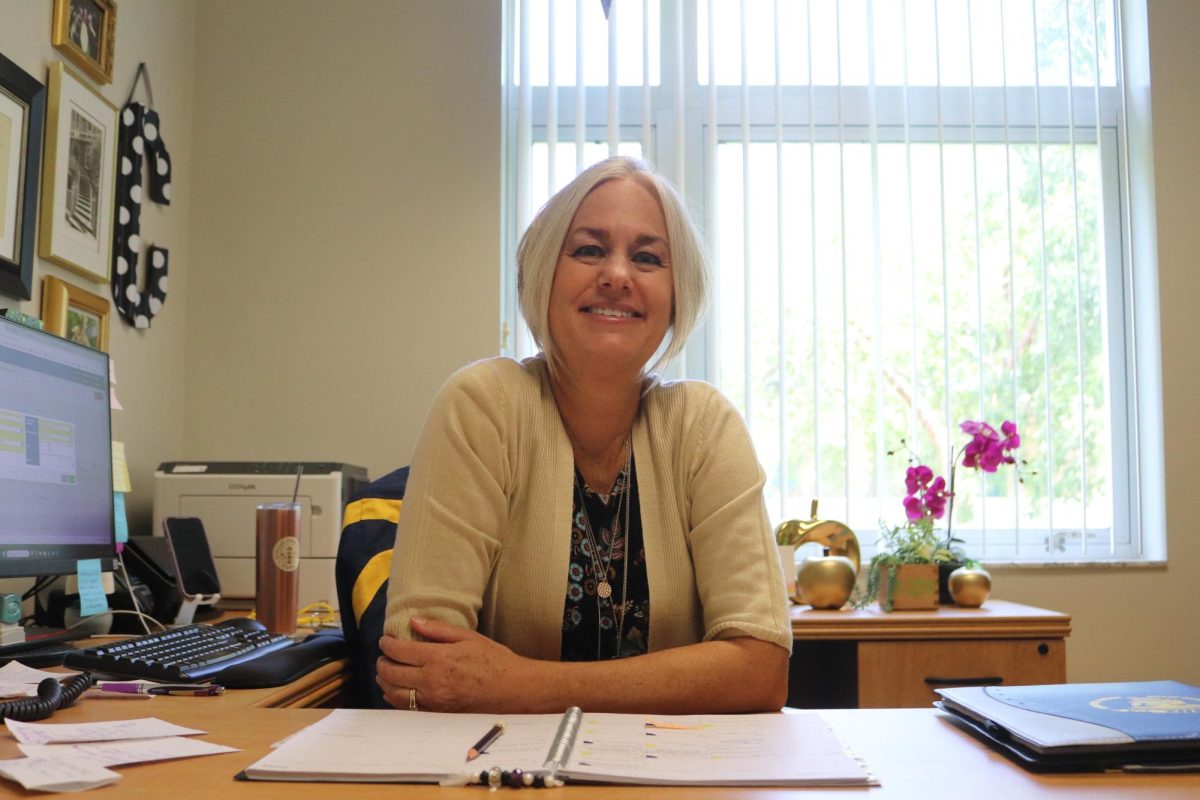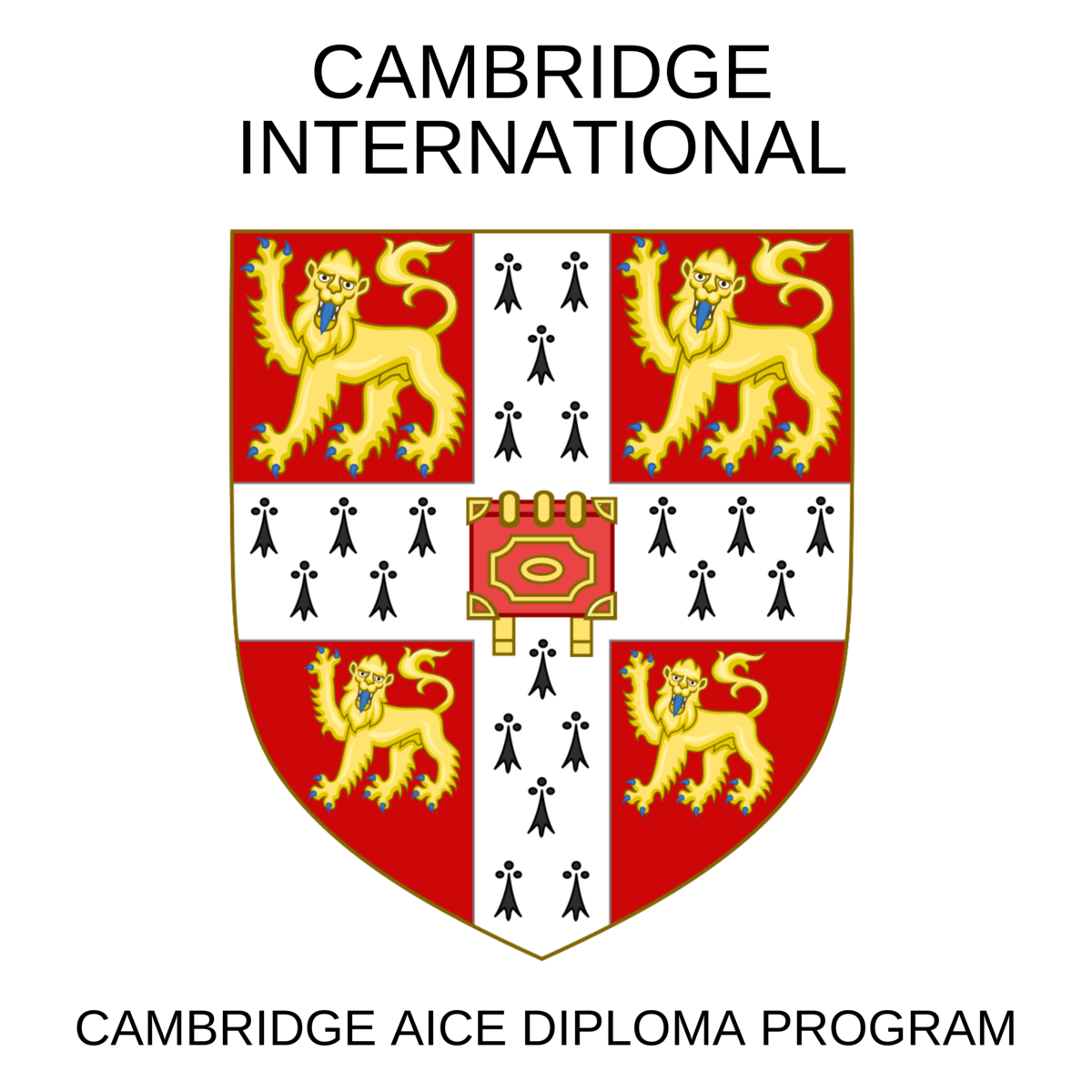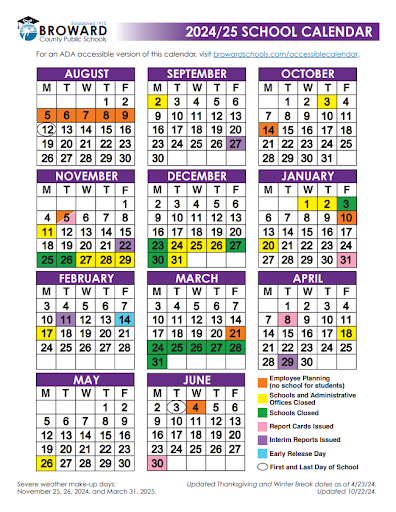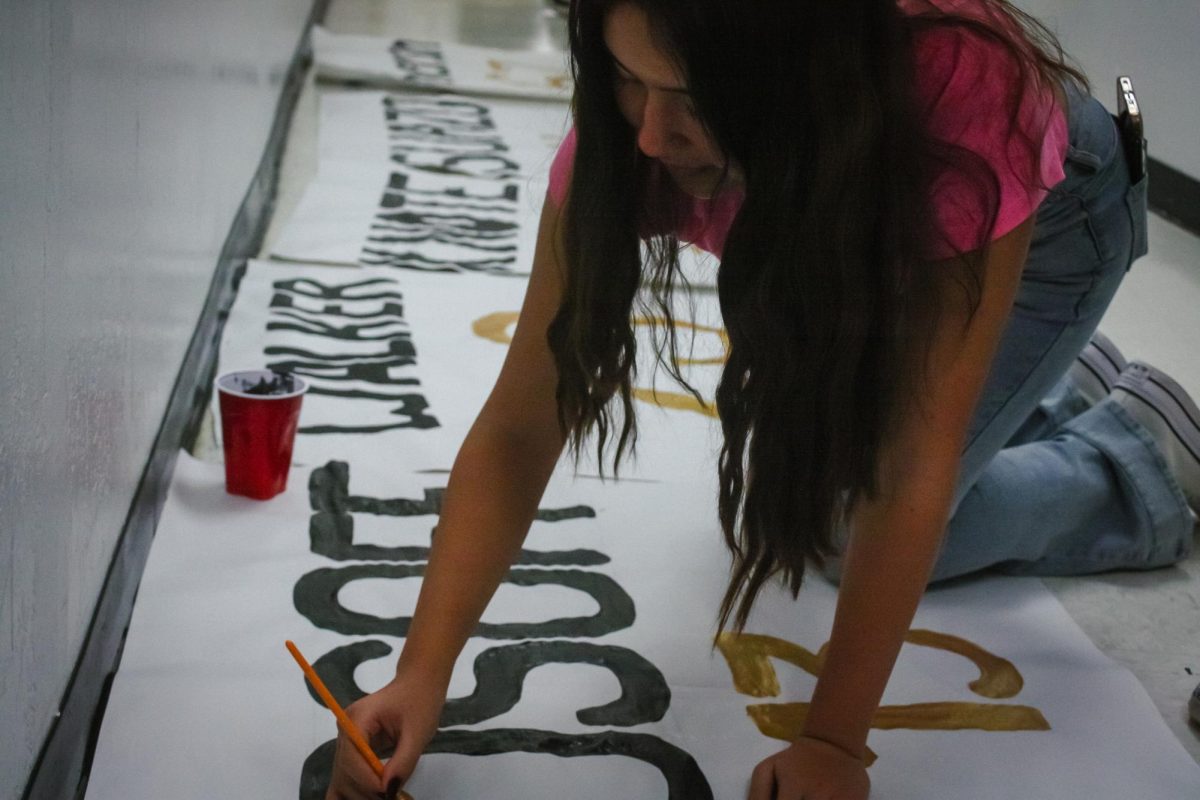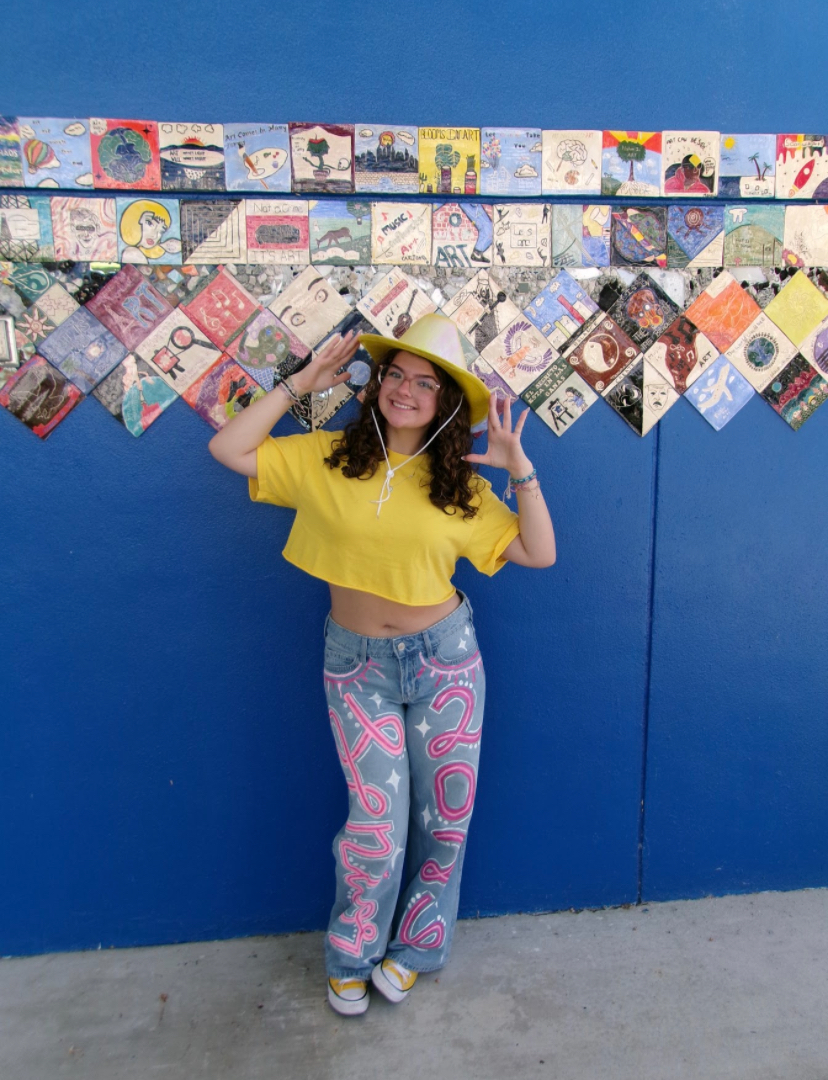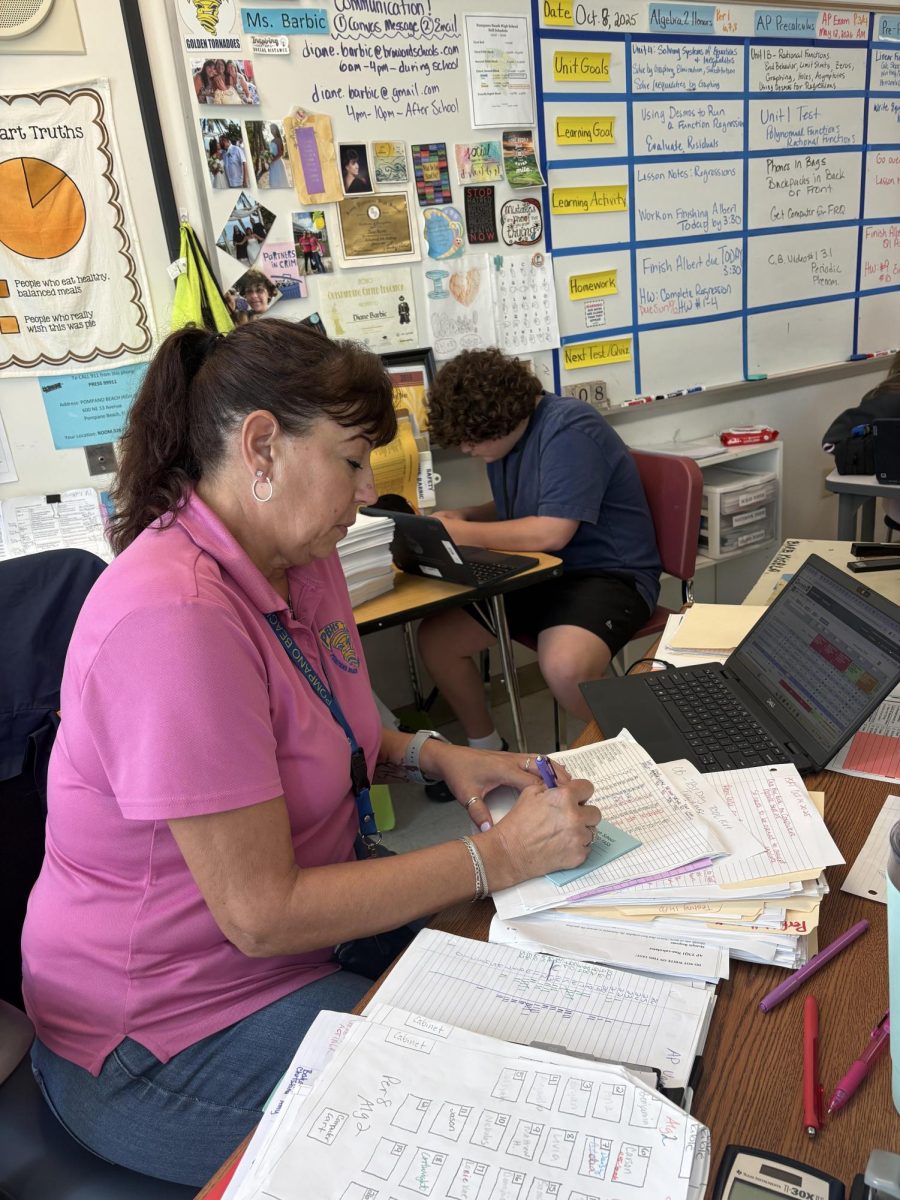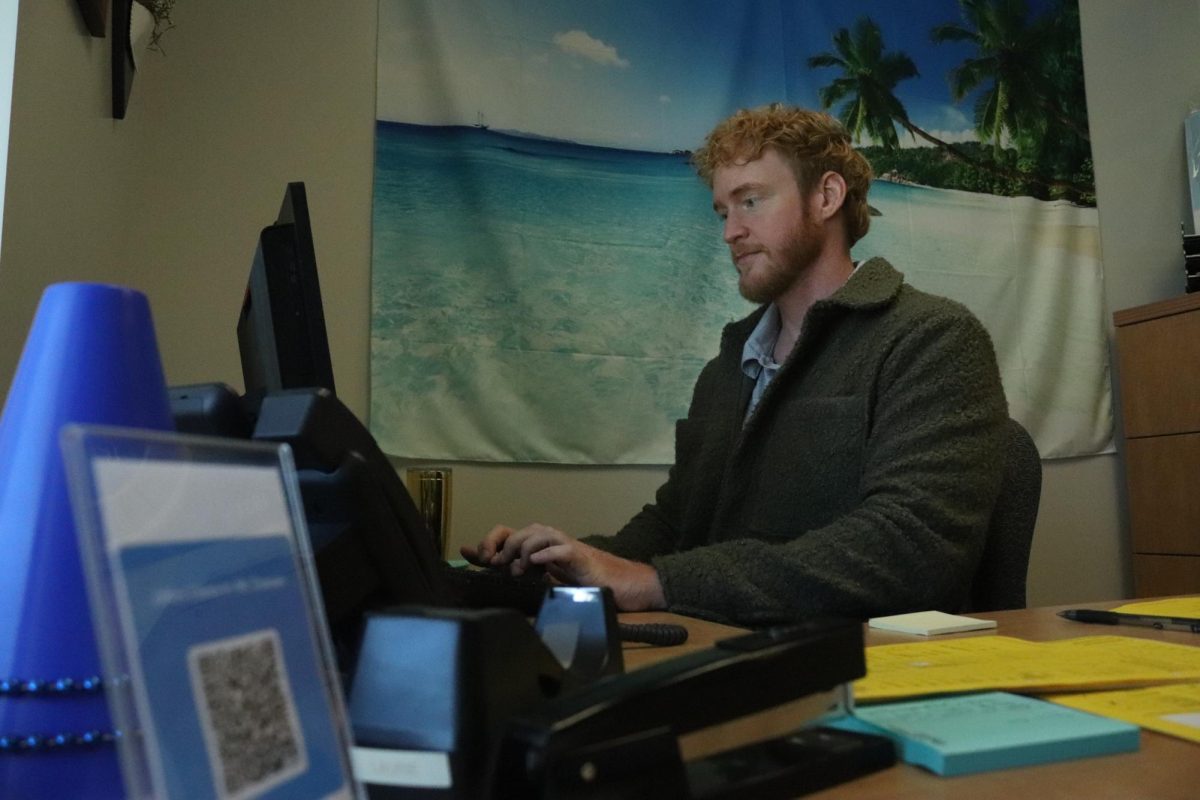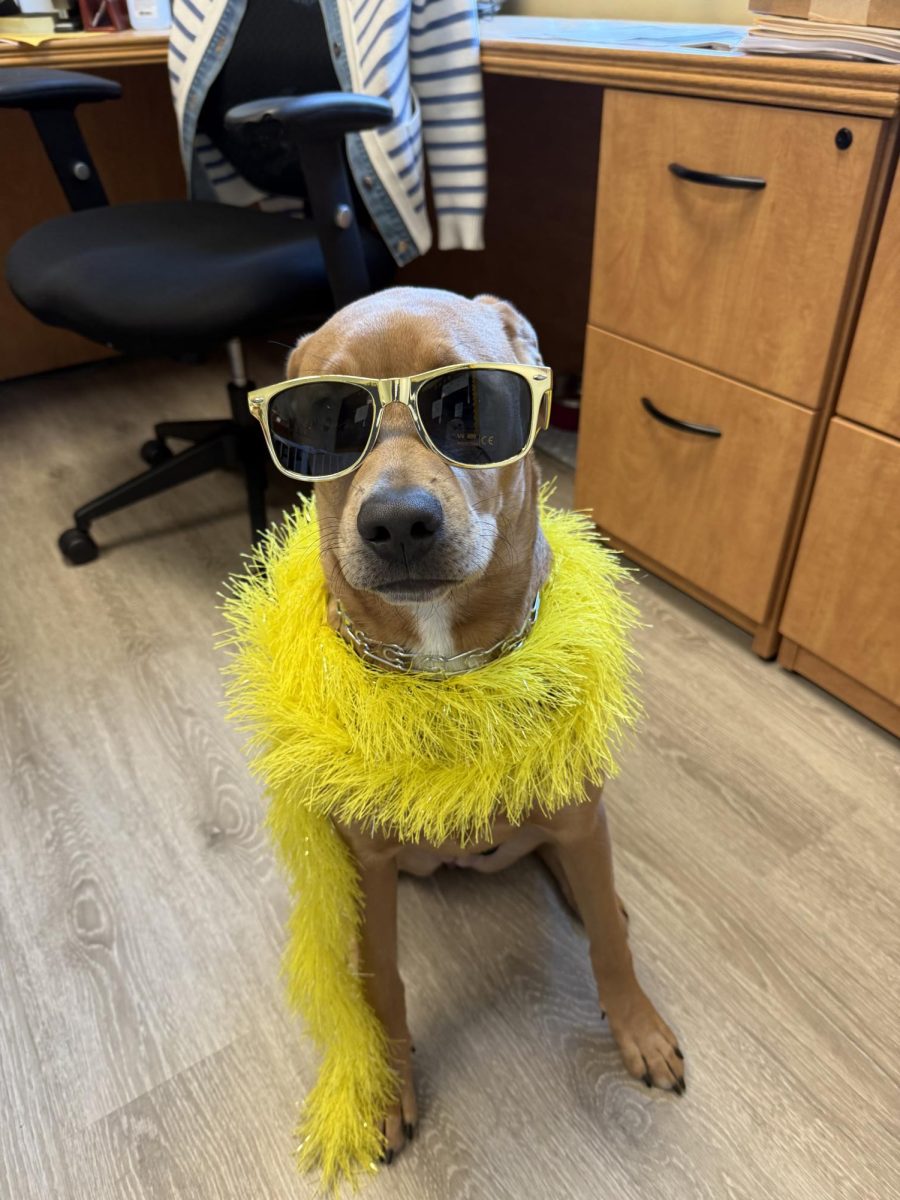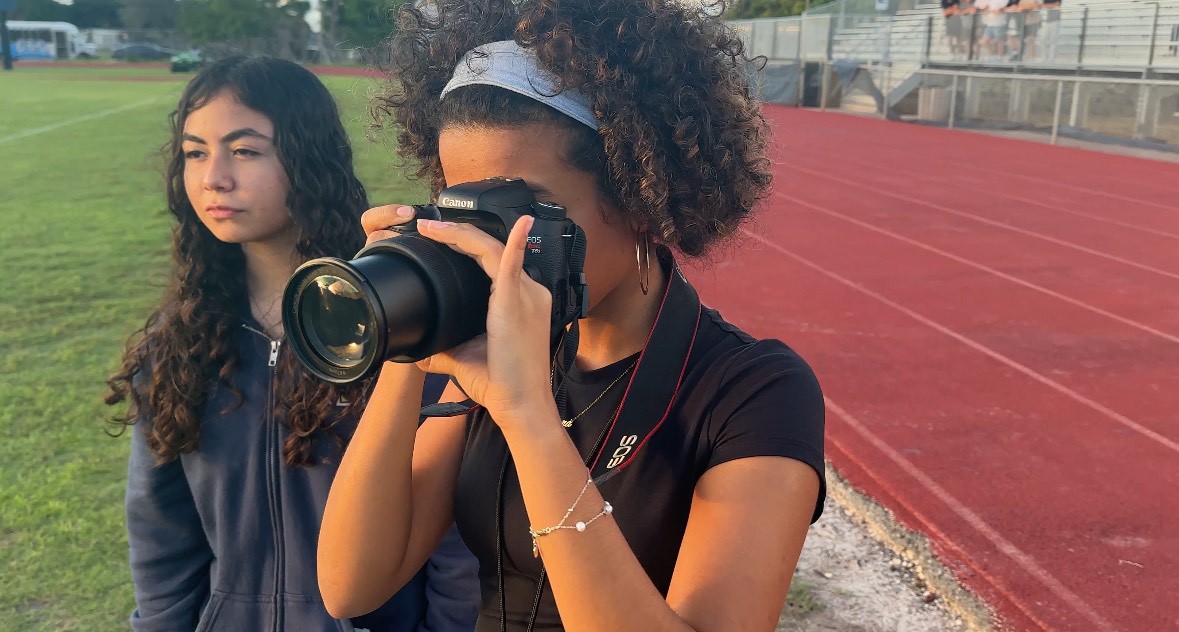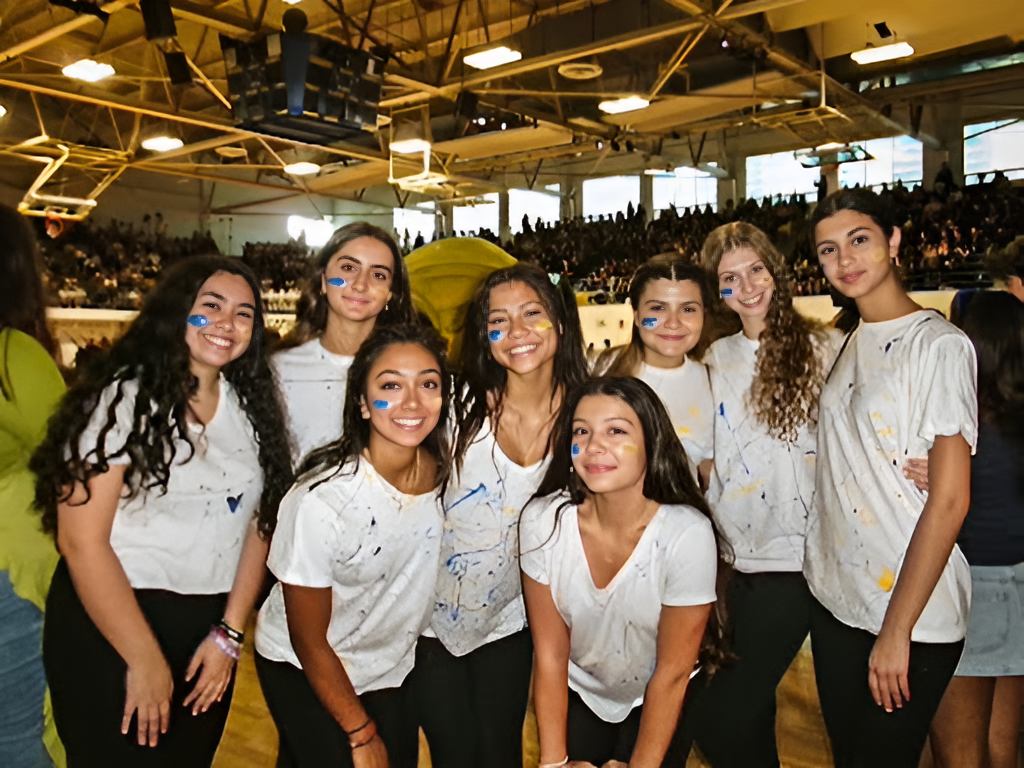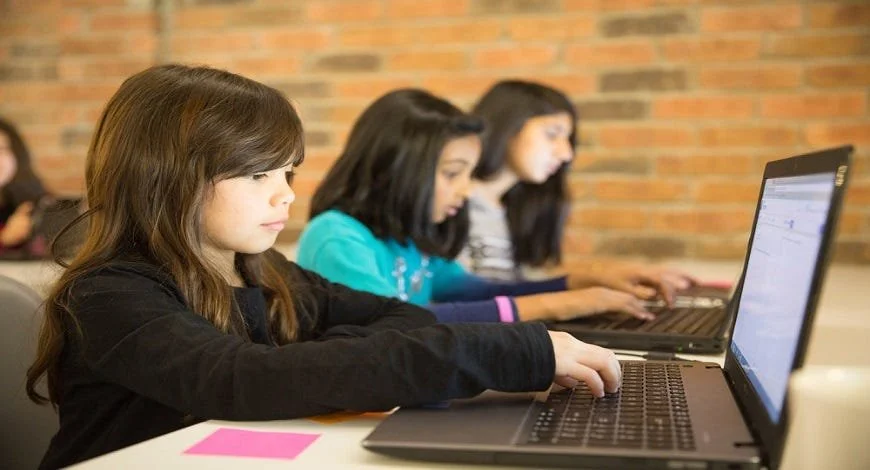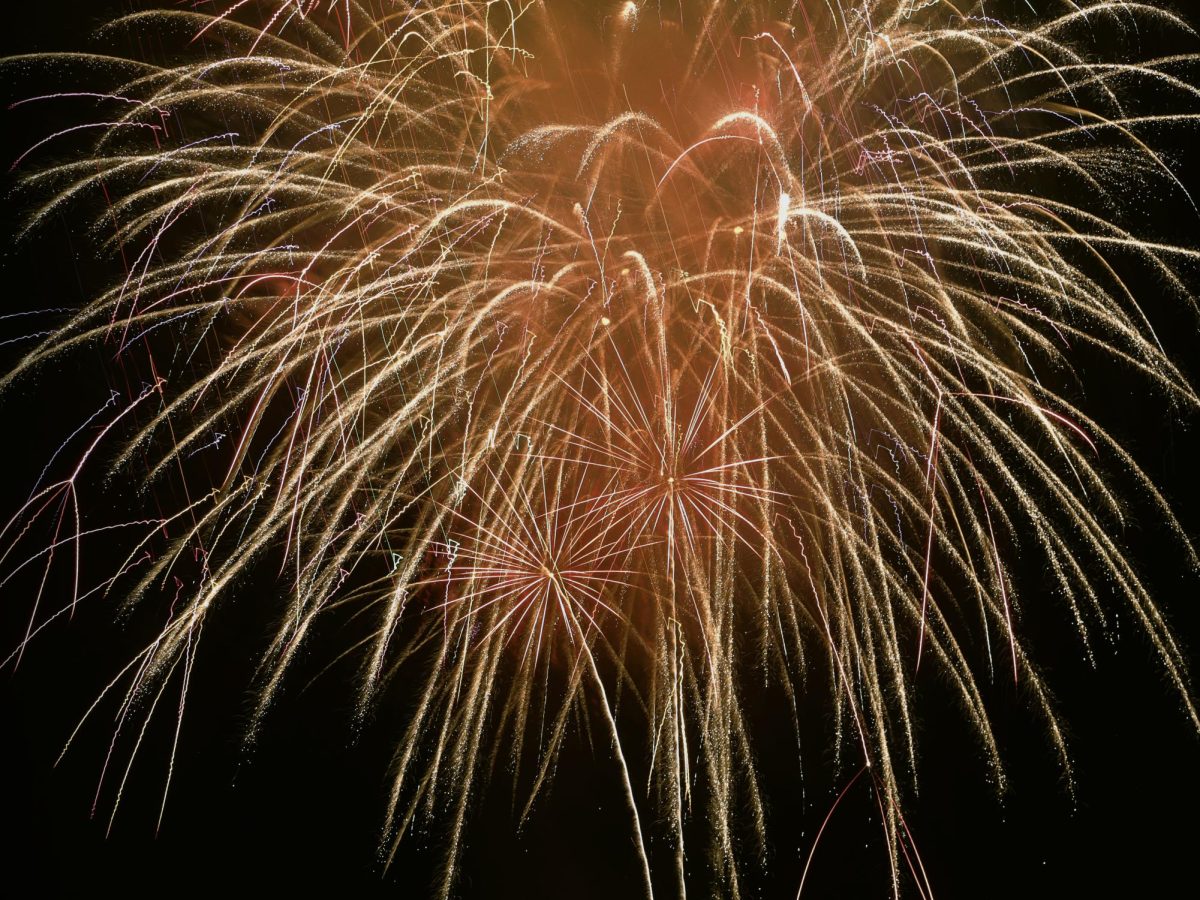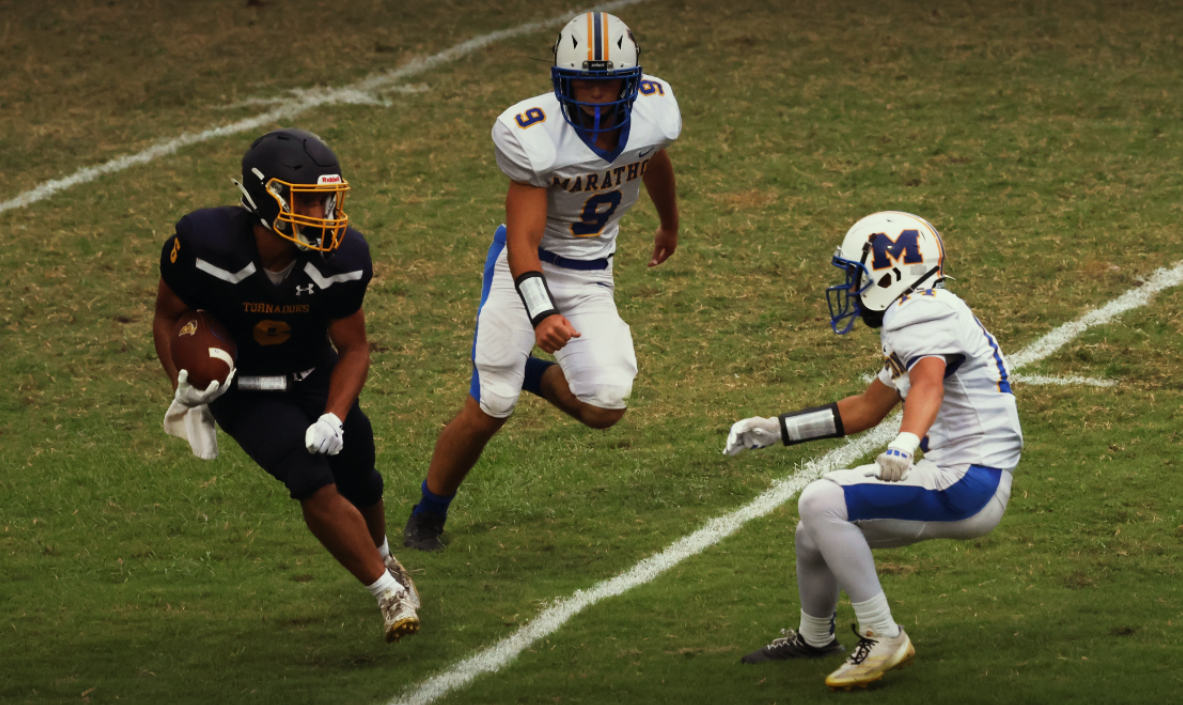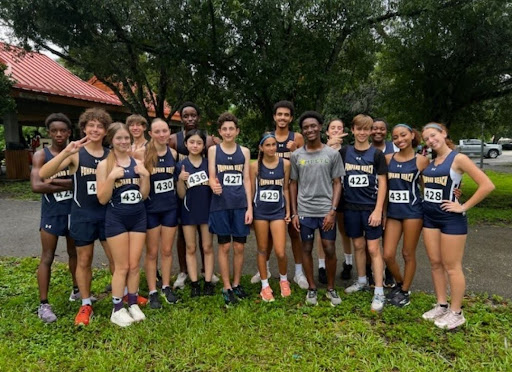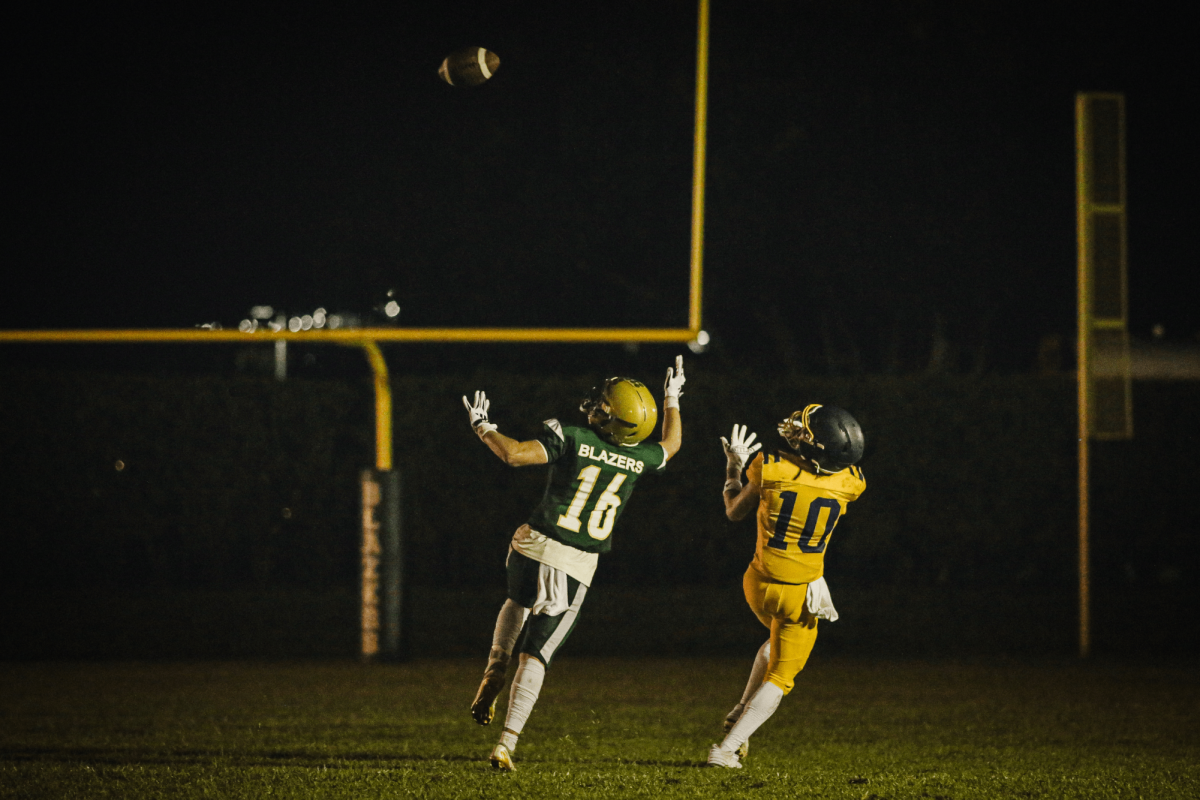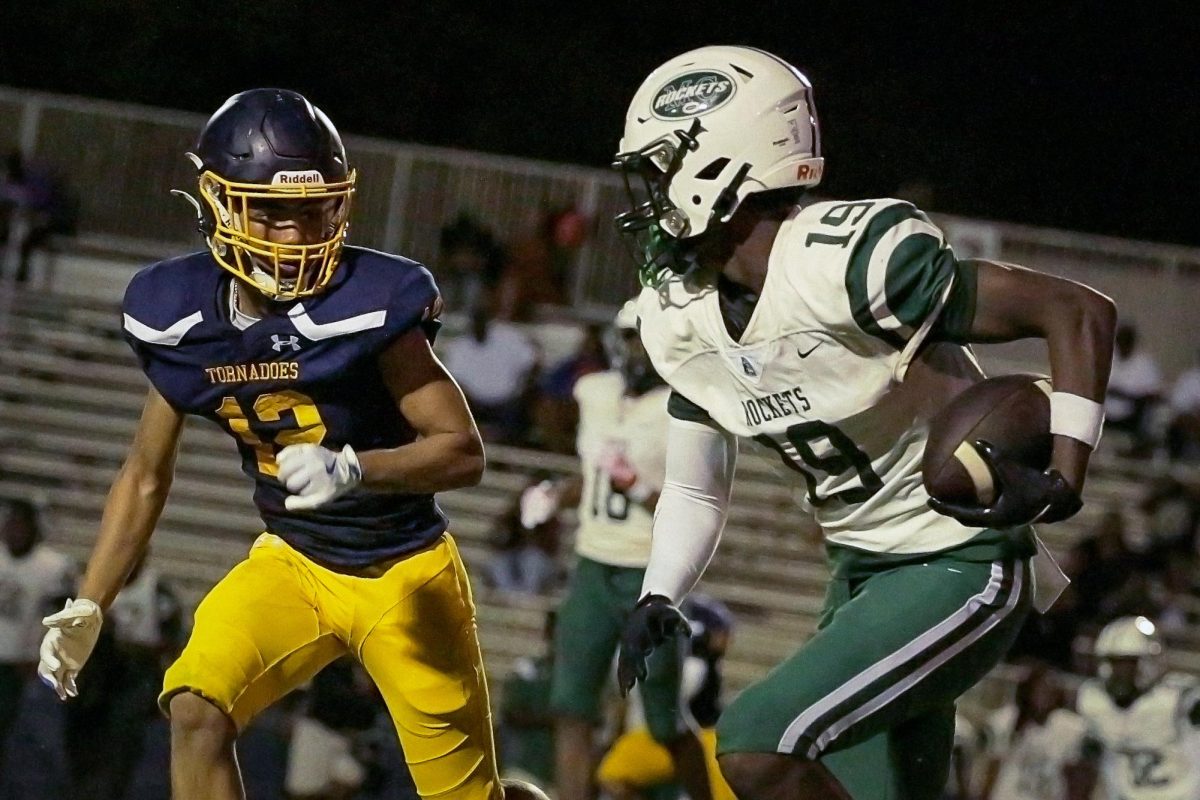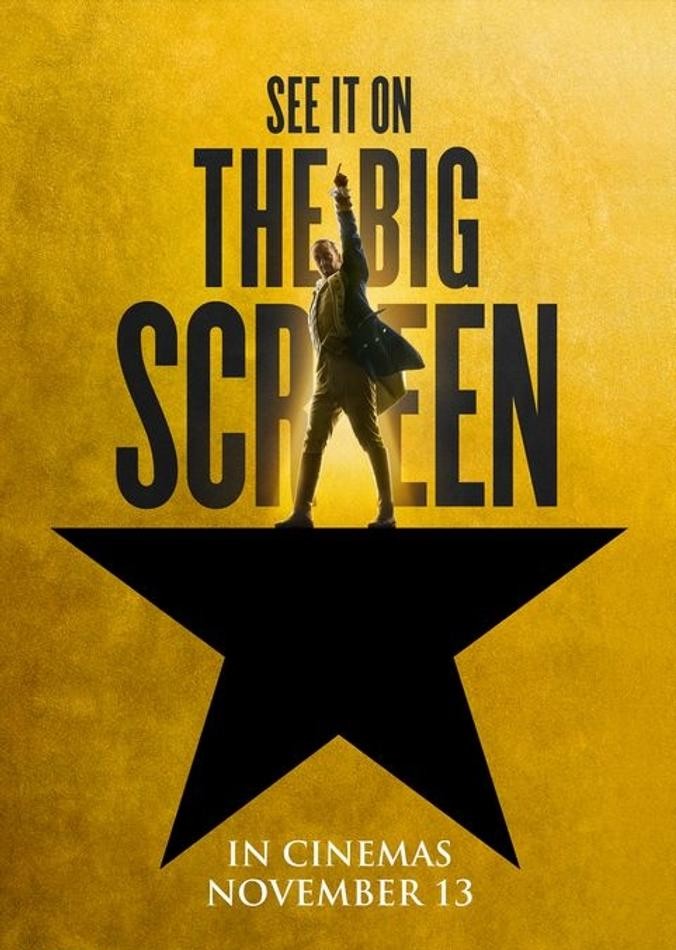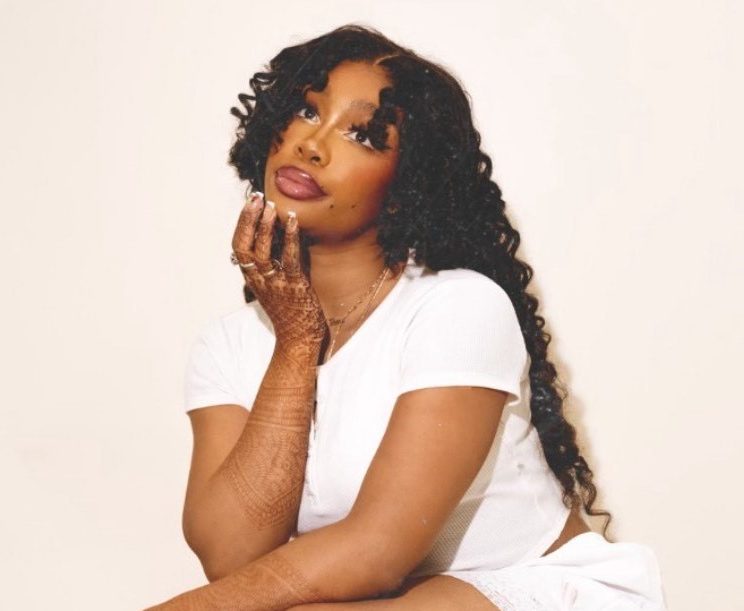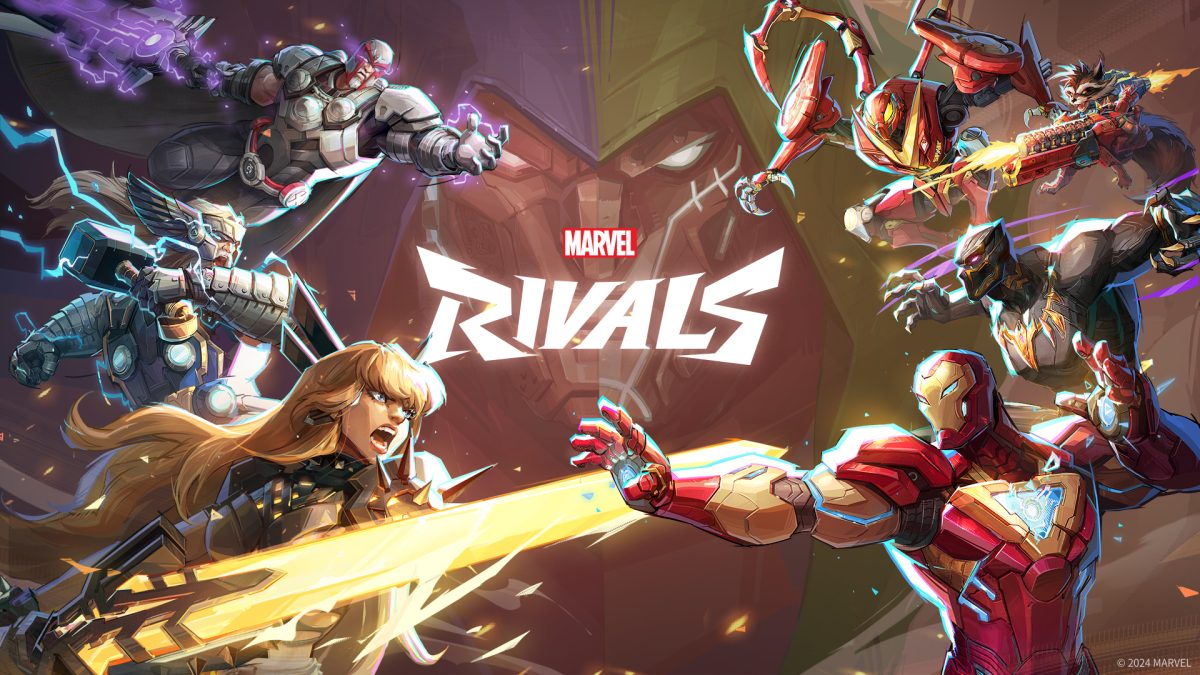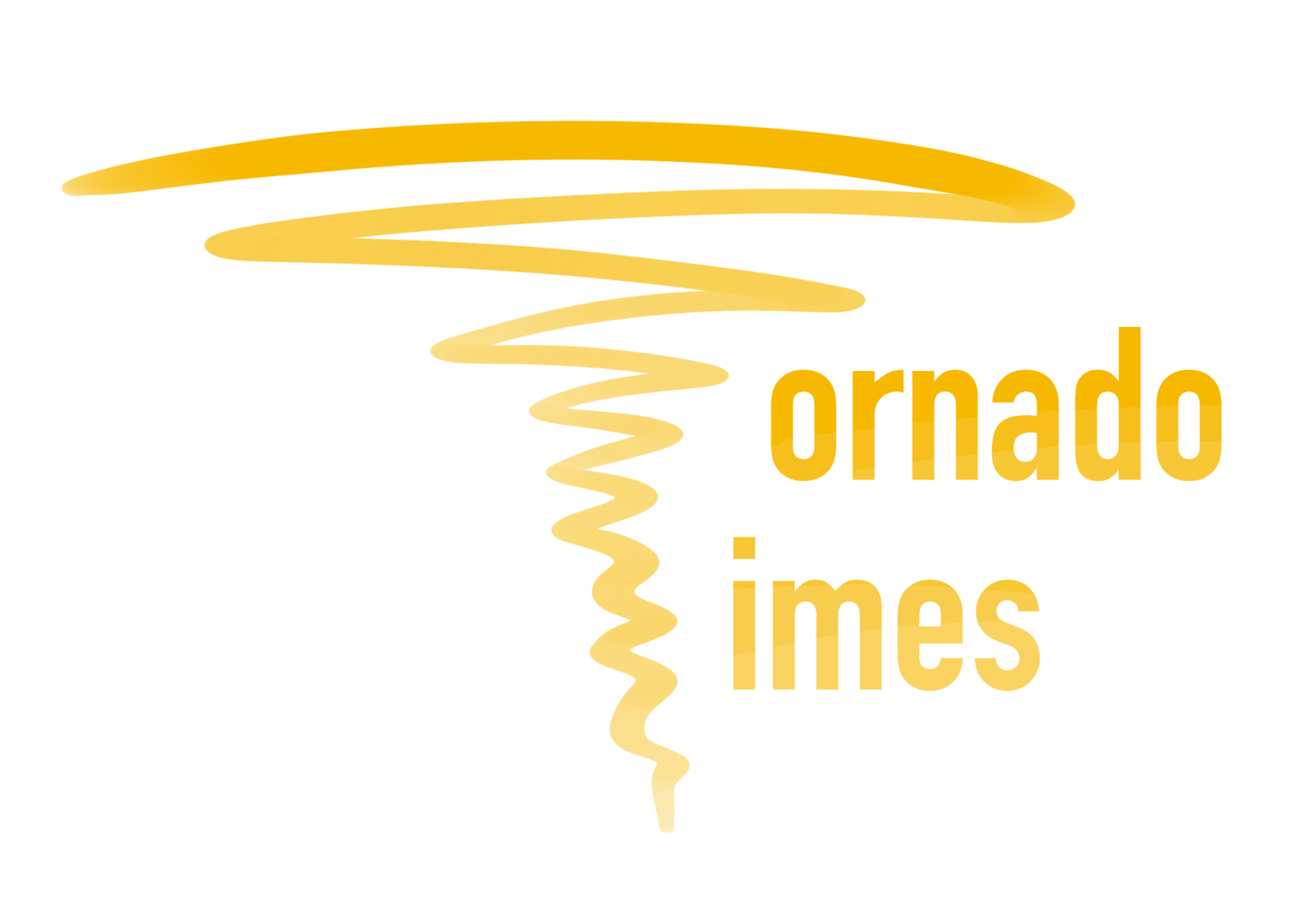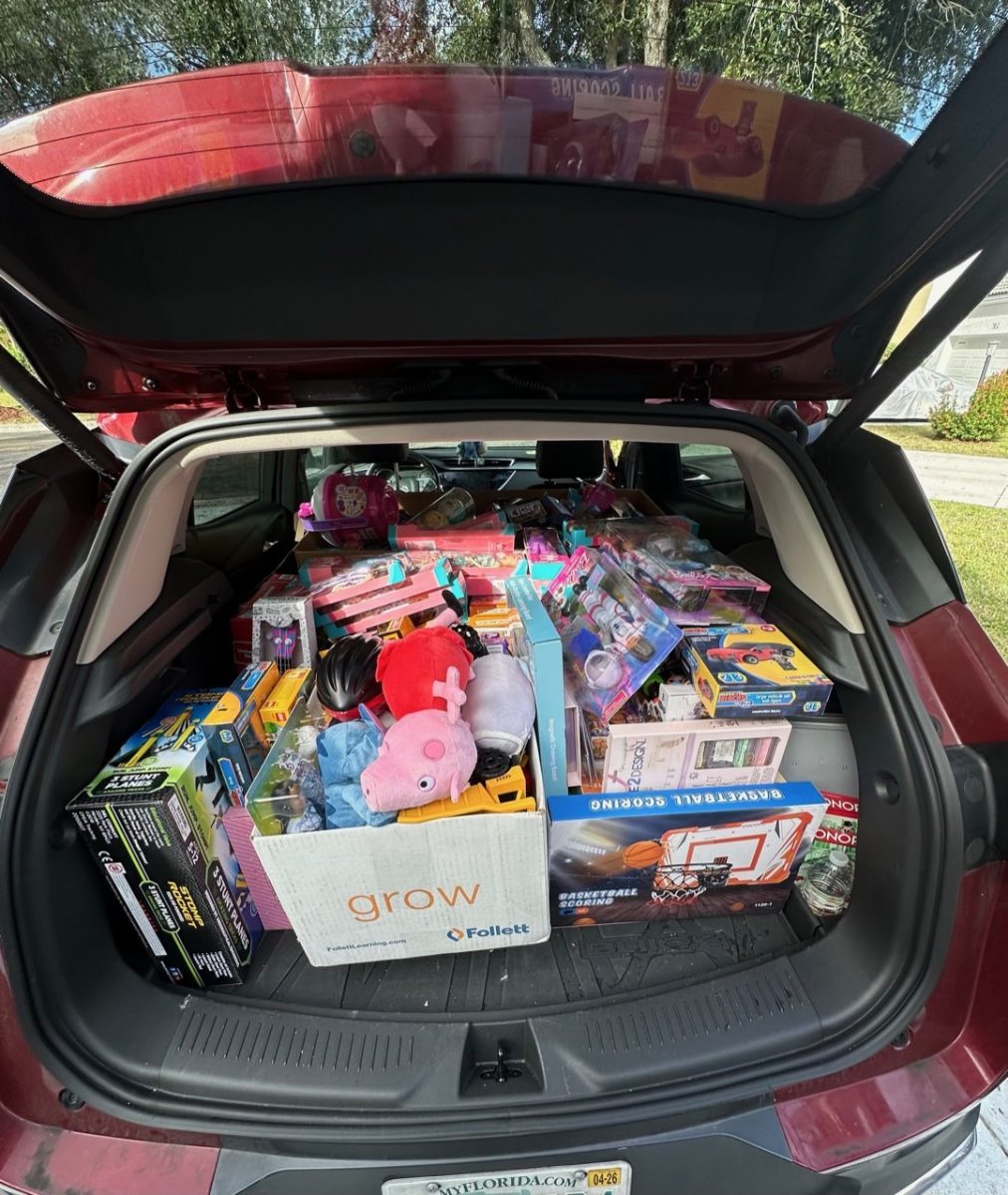Electives are a big part of a student’s schedule, giving everyone the chance to explore subjects outside of their core classes. Whether it’s art, technology, or band, electives let students try new things and develop skills they might not discover otherwise. But the way students sign up for these classes depends on their grade level, availability, and some specific requirements, but still the system sometimes leaves students questioning why they did, or didn’t, get in the classes they wanted most.
“I thought only smart students got in their preferred electives,” freshman Anthony Chung said after he didn’t receive his first-choice elective. His reaction shows how easily the process can be misunderstood. For many students, missing out on a preferred class feels personal, even though scheduling depends more on logistics than ability. Anthony’s experience reflects a common worry: whether everyone really gets the same shot at their choices.
Our 9th grade school counselor explained that the process is split up by grade to keep things organized. “Ninth graders fill out a paper card and rank their electives as A1, A2, and A3,” Lori Carlson said. “For grades 10 through 12, students submit their requests online.” Using both paper and digital systems makes it easier for staff to track so many requests fairly and efficiently.
For freshmen, the paper card is especially important. “The card helps us see exactly what freshmen want,” Carlson said. “We ask for three choices so that if a class fills up, we can still place them in something they’re interested in.” Having three ranked choices gives counselors room to work with, while also ensuring that students new to high school still get a fair chance at electives they’re excited about.
For older students, the online form speeds things up and helps avoid mistakes that can happen with paper. Still, it doesn’t solve the issue of limited space. Popular electives often fill quickly, and it can be disappointing for students to open their schedules and find that their first pick isn’t there.
“Some electives have very limited space, so not everyone gets their first pick,” Carlson said. Many students also picked some alternatives that they didn’t like, and most times they don’t remember what they had chosen. They get surprised, since it’s easy to assume that placement is based on performance or favoritism.
Even though not getting a top choice can be frustrating, the system is set up so that every student ends up with at least one of their preferences. Counselors encourage students to see electives not only as the class they wanted most, but also as an opportunity to discover something unexpected. Sometimes, the course you didn’t plan on taking becomes the one that sparks a new passion.
In the end, elective selection is about balance and matching student interest with teacher availability and the limits of the school schedule. While no system guarantees everyone their first pick, it does give every student the chance to explore, try new things, and make the most of their high school experience.

